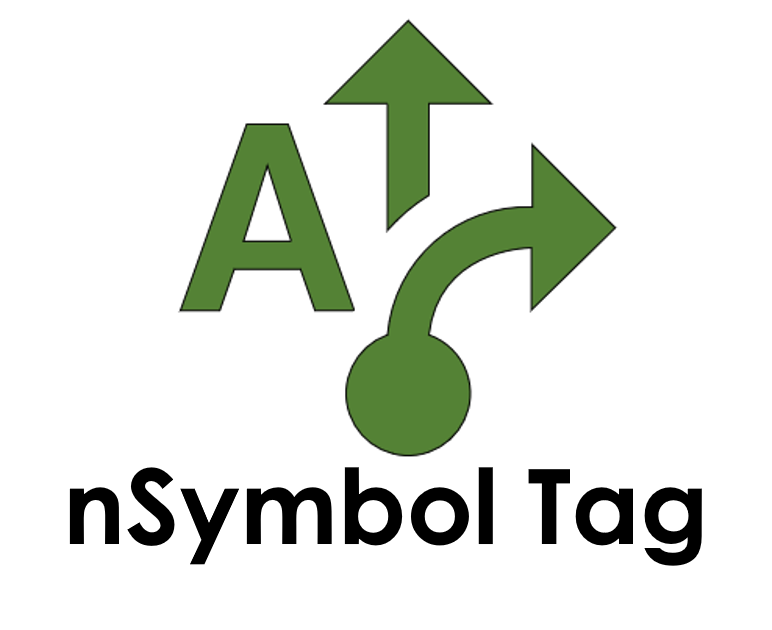More Workflow Examples
Real-world applications across industries
High-Volume Administrative Documents
Single User Example: Performance ReviewInputs:
Workflow:
|
Collaborative Example: Incident ReportUsers Involved:
Workflow:
|
Government & Social Services
Single User Example: Benefits ApplicationInputs:
Workflow:
|
Collaborative Example: Healthcare EnrollmentUsers Involved:
Workflow:
|
Healthcare & Medical
Single User Example: Patient Treatment PlanInputs:
Workflow:
|
Collaborative Example: Discharge SummaryUsers Involved:
Workflow:
|
Education & Academic
Single User Example: IEPInputs:
Workflow:
|
Collaborative Example: Report CardsUsers Involved:
Workflow:
|
Legal & ComplianceContract Templates & Compliance ReportsSmart Forms streamline legal documentation:
|
Business OperationsProject Proposals & Sales PresentationsEnhance business documentation with:
|
Conclusion
These workflow examples demonstrate our platform's versatility across sectors. By showcasing specific use cases, we highlight how our solution adapts to different needs while maintaining efficiency and accuracy in documentation and workflows.

